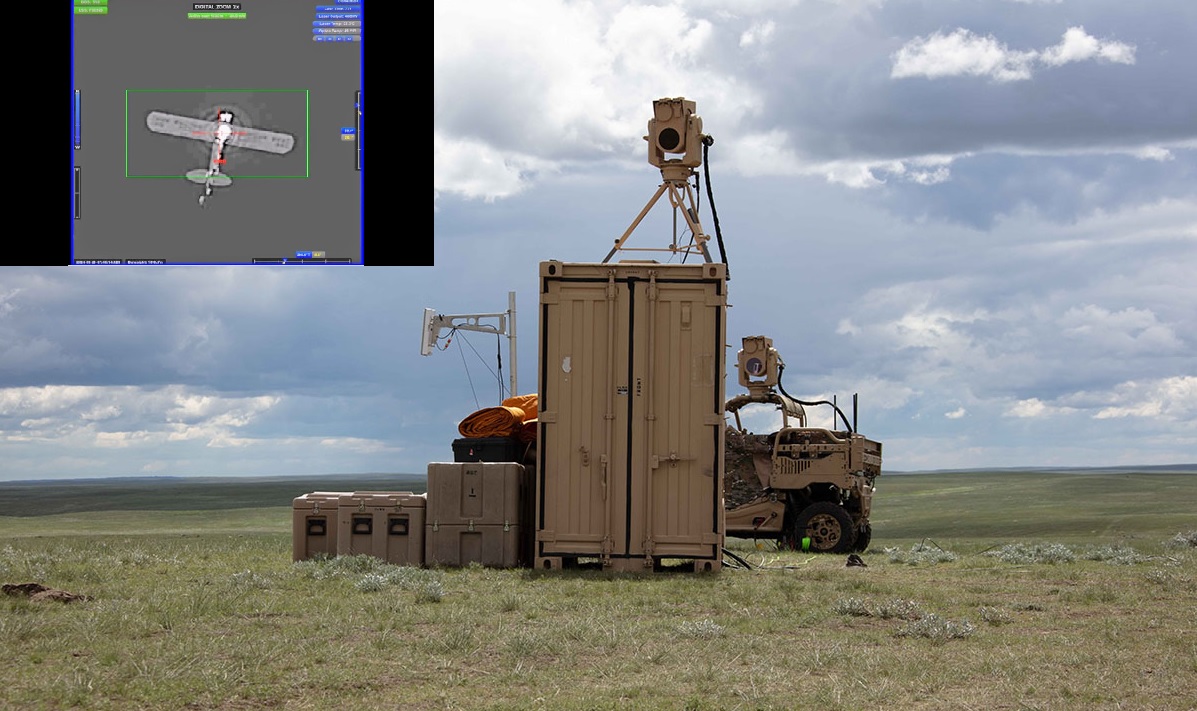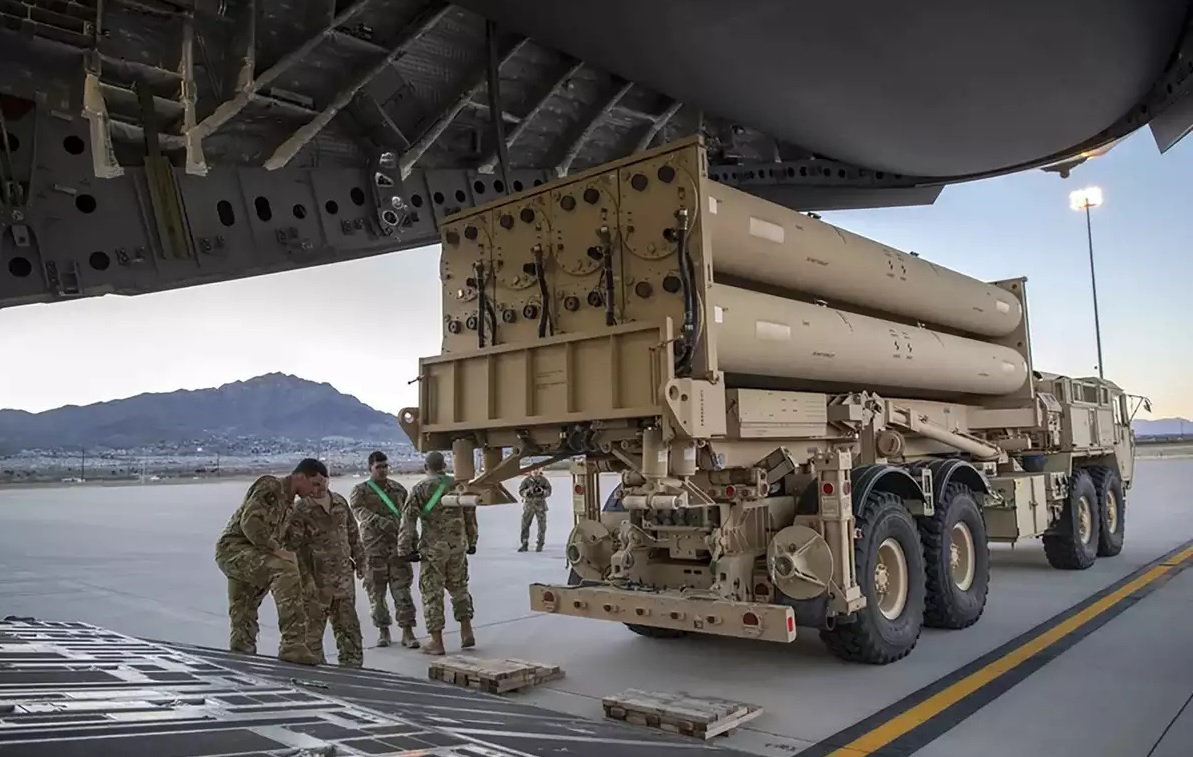Boeing's Compact Laser Weapon System Successfully Downs Group 3 Drones

Boeing's Compact Laser Weapon System (CLWS) recently achieved a significant milestone by taking down larger, more advanced uncrewed aerial systems (UAS), known as Group 3 drones, during a live test at the Red Sands Integrated Experimentation Center in Saudi Arabia. These drones, capable of carrying heavier payloads and weighing up to 1,320 pounds (about 600 kilograms), represent a growing threat on the modern battlefield. Boeing’s CLWS successfully neutralized these targets using its 5-kilowatt laser, demonstrating the weapon's capability to defend against increasingly complex UAS threats.
What makes this accomplishment stand out is that Boeing's engineers were able to integrate the CLWS with the Army's Forward Area Air Defense (FAAD) Command and Control (C2) system within minutes. This swift integration allowed the CLWS to receive targeting cues from a radar system, which is crucial for real-time battlefield operations. The demonstration was conducted alongside representatives from the U.S. Army Combat Capabilities Development Command (DEVCOM) and U.S. Army Central Command, further highlighting the system’s operational readiness.
The Red Sands Counter-UAS Exercise
The live test was part of the annual Red Sands exercise, a counter-UAS challenge hosted by U.S. Central Command and the Saudi Arabian Armed Forces. This event was designed to evaluate the capabilities of various defense technologies in harsh, real-world conditions such as the desert heat, dust, and atmospheric disturbances. Boeing’s CLWS was the only directed energy weapon at the event, positioning it as a key player in the defense against aerial threats.
According to Ron Dauk, Boeing’s Directed Energy portfolio program manager, the system performed exceptionally well in these extreme conditions. “There’s no substitute for working alongside servicemembers in real theater conditions where you have desert heat, dust, atmospherics — you name it — to fine-tune our c-UAS systems and show what they can do,” he explained. This demonstration emphasized the growing importance of laser weapons as part of a layered defense strategy in modern warfare.
Impressive Specifications and Capabilities of CLWS
Boeing’s Compact Laser Weapon System is a highly flexible, combat-proven system designed to neutralize various drone threats, from small, first-person-view drones to larger Group 3 UASs. The CLWS is capable of engaging targets at distances ranging from 650 feet (200 meters) to 1.6 miles (2.5 kilometers), making it highly effective in a range of battlefield scenarios. Its versatility allows it to operate both in fixed, containerized configurations or on mobile platforms, which is crucial for rapid deployment in the field.
The CLWS has now successfully destroyed nearly 500 drones in different testing environments. What stands out is the system's user-friendly interface, which allows operators to control it using an Xbox controller. With as little as one hour of training, soldiers can operate this high-tech weapon, making it highly practical for combat situations where quick deployment is critical.
The system’s ability to integrate with both U.S. and international C2 networks ensures that it can operate within various military frameworks, enhancing its appeal to international defense markets. The CLWS is also capable of simultaneously detecting and defeating multiple UAS threats, providing a full-spectrum counter-UAS solution for modern militaries.
A Proven Track Record in Combat
Boeing’s CLWS has already been tested in a wide range of environments. Prior to the Red Sands exercise, the system participated in a similar counter-UAS event at Fort Drum, New York, where it was mounted on a military-grade all-terrain vehicle and integrated with Army C2 networks. The system has also recently returned from a multi-year deployment with the U.S. Marine Corps, further solidifying its reputation as a reliable, combat-ready solution.
The Future of Counter-UAS Technology
The success of Boeing’s Compact Laser Weapon System against Group 3 drones at Red Sands marks a significant leap forward in counter-UAS capabilities. As drones become more advanced and capable of carrying larger payloads, the need for highly effective, rapid-response defense systems is growing. Boeing’s CLWS has proven that directed energy weapons can play a crucial role in this evolving battlefield, providing a scalable, flexible solution to a wide range of UAS threats.
With its ability to integrate seamlessly into existing command and control networks, its ease of use, and its combat-proven track record, the CLWS is poised to become a key component of modern air defense systems. As threats from drones continue to rise, Boeing’s laser weapon system offers a glimpse into the future of warfare — one where precision, speed, and adaptability are critical to success.
This successful demonstration at Red Sands underscores the growing role of directed energy weapons in the defense sector, providing militaries with a new tool to counter increasingly complex threats. The CLWS has firmly established itself as a valuable asset in the fight against drone-based warfare, capable of meeting the demands of the modern battlefield.


